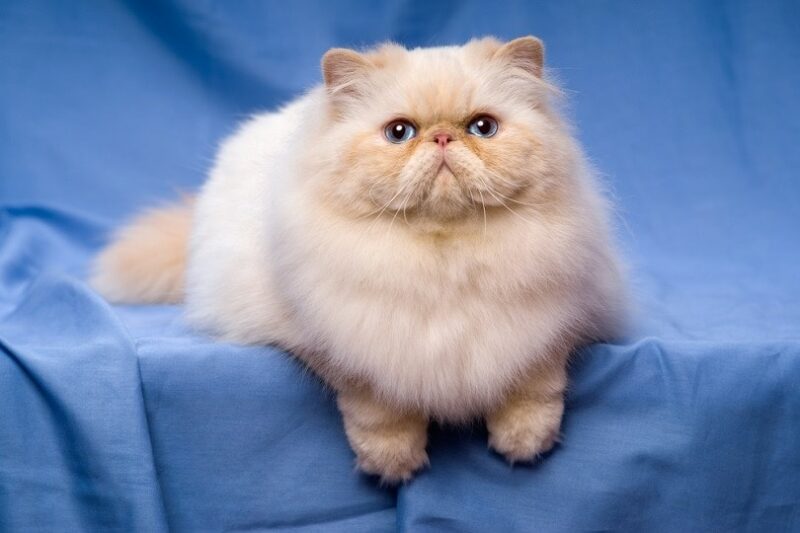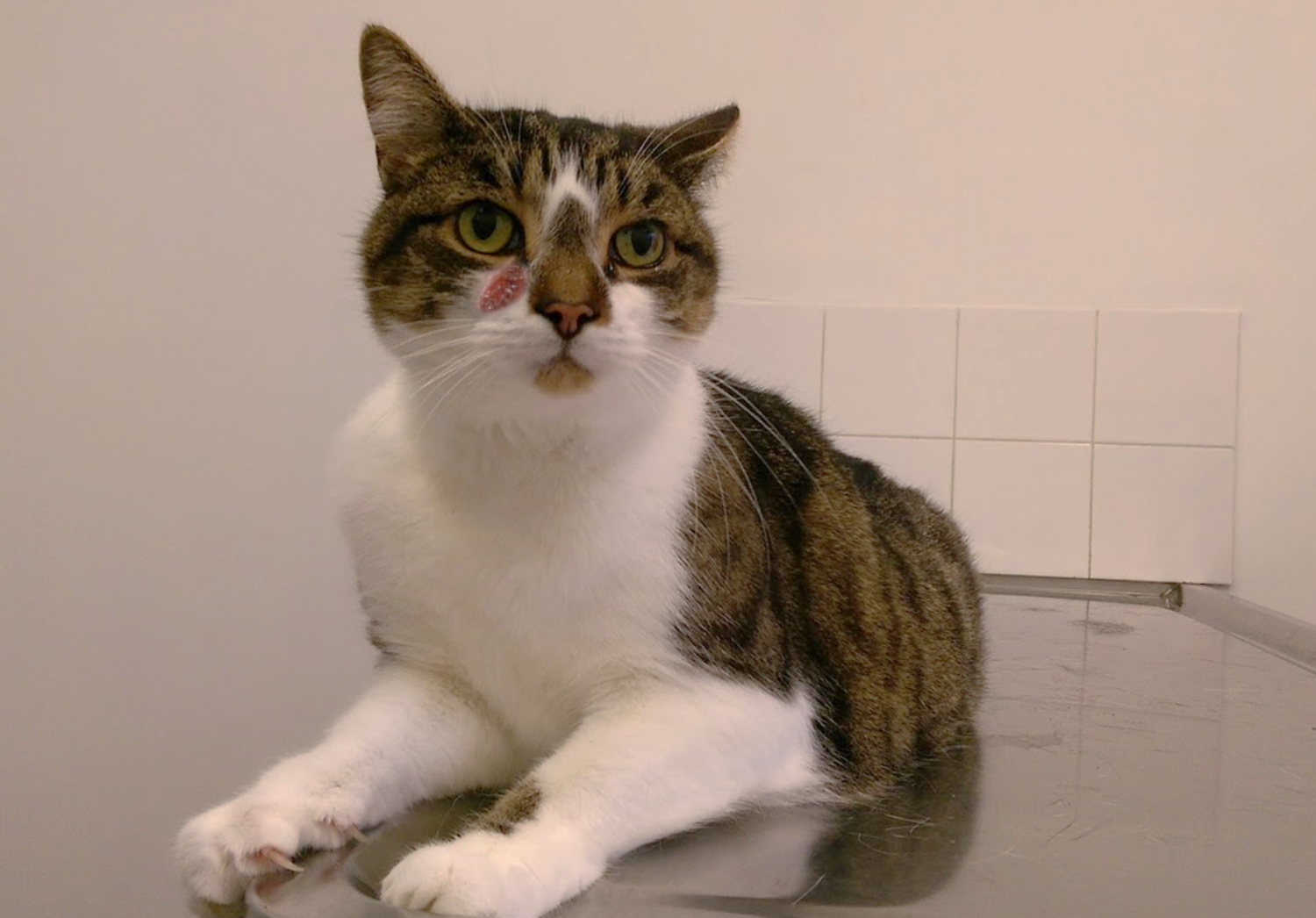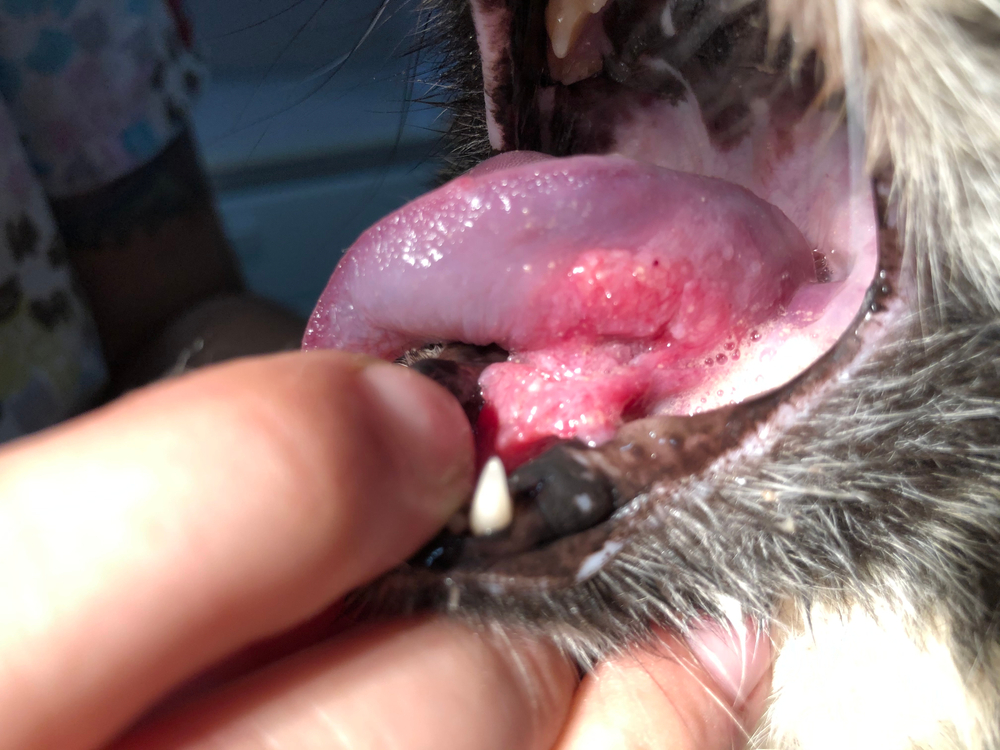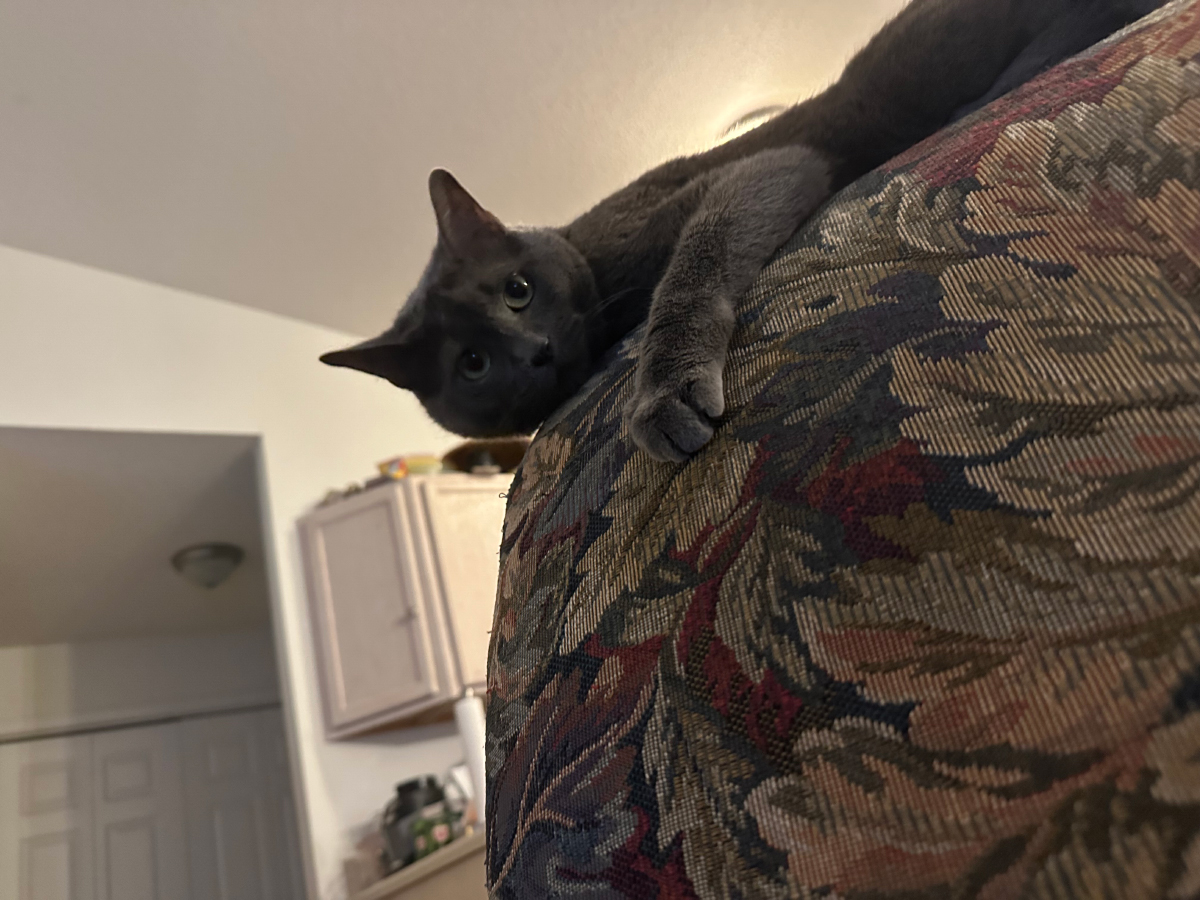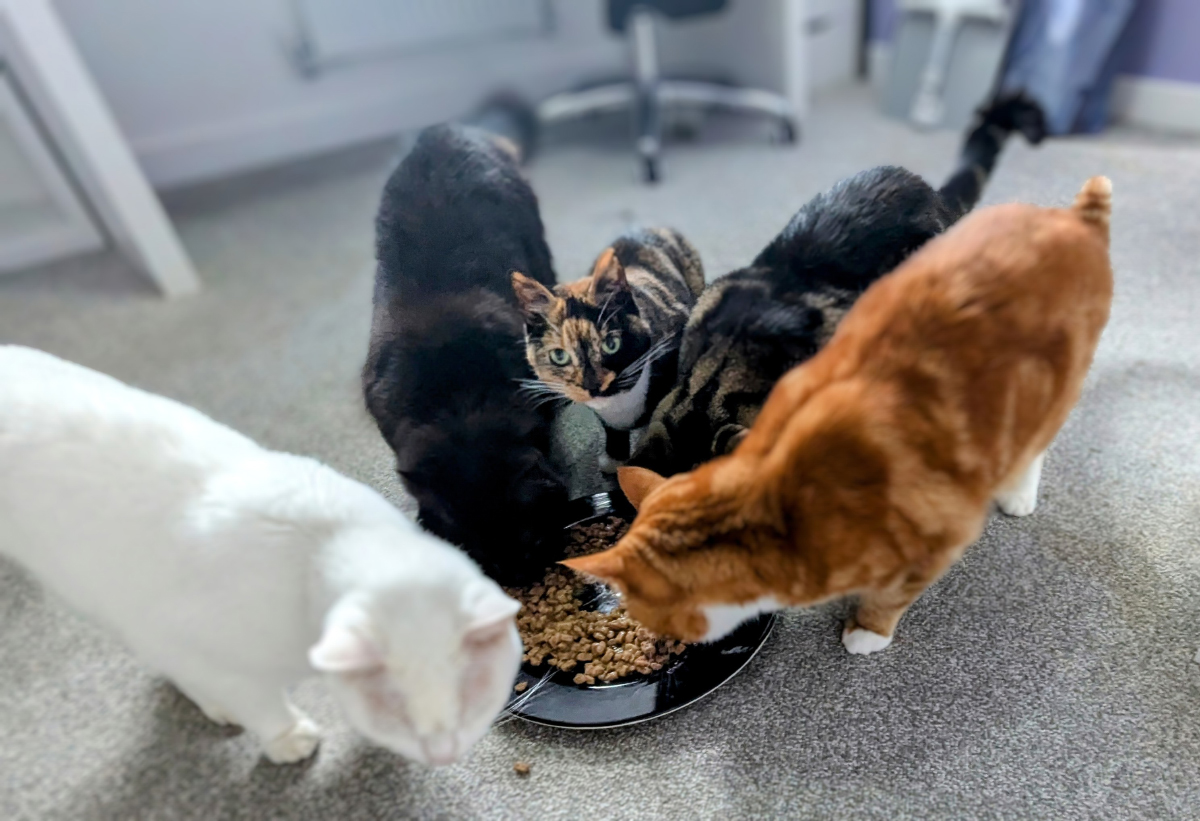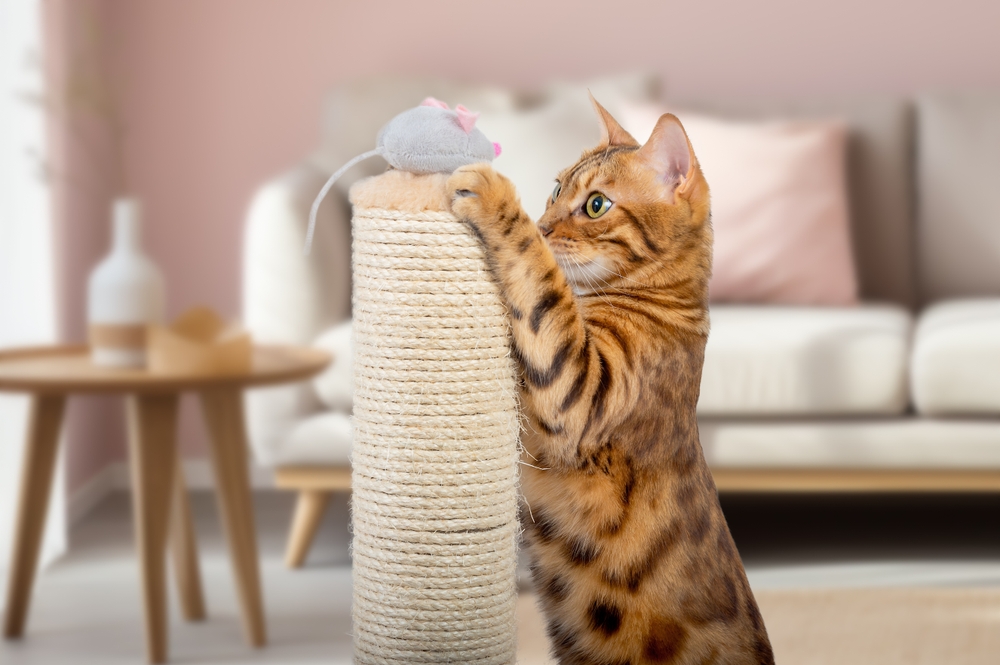Click to Skip Ahead
You may not know what a brachycephalic cat is, but chances are you have seen one. Brachycephalic refers to the “squished face” breeds, or the cats that have shortened skulls. Even though the shortened skulls and squished face may look cute, they are often accompanied by a number of health problems. These problems are often unique to the brachycephalic breeds and can be life threatening. Therefore, educating yourself on these health concerns should be a priority before adopting a brachycephalic cat.
What Is Brachycephalic Airway Syndrome?
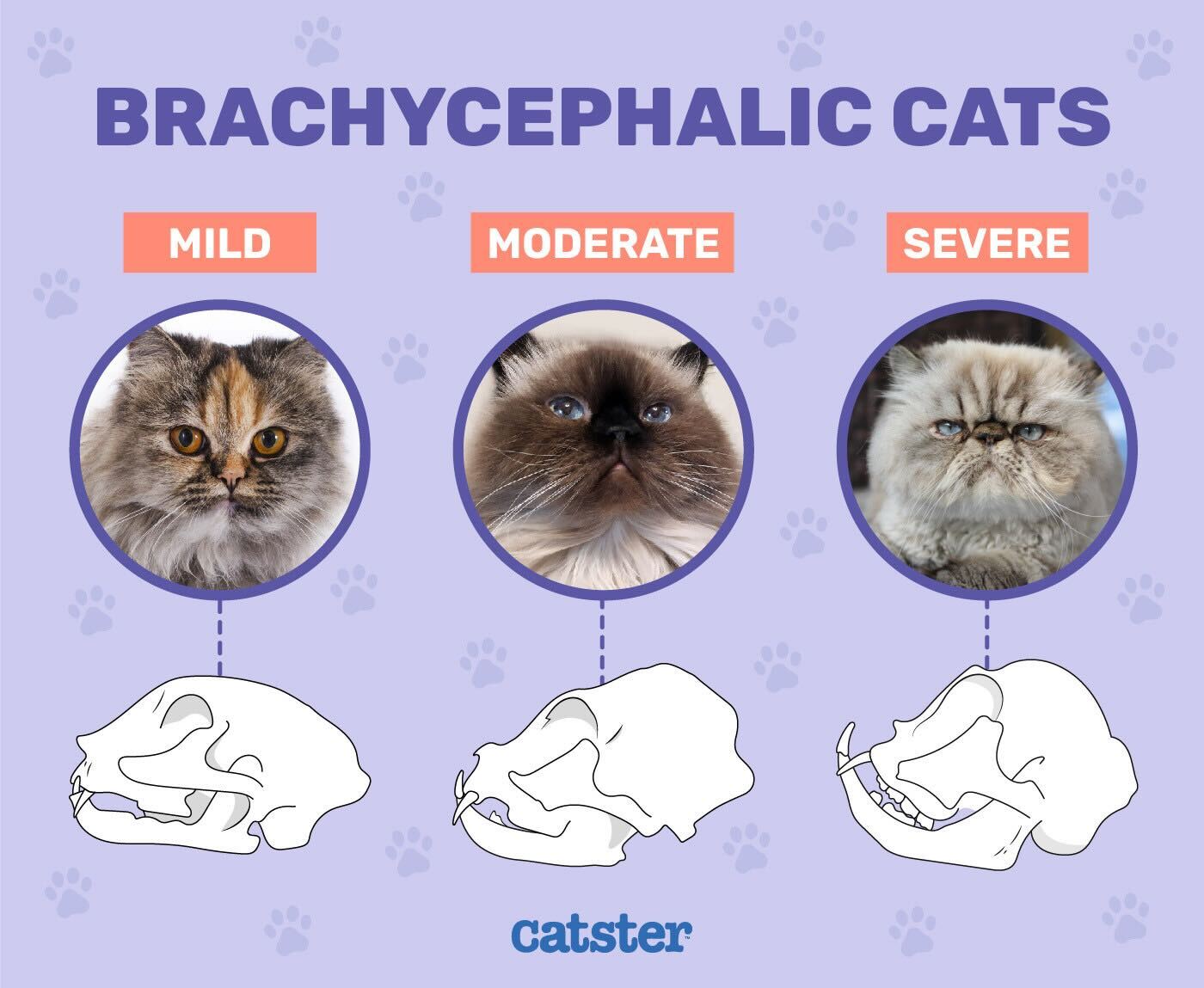
A brachycephalic breed of a cat (or dog) is one that has a squished face. Technically speaking, brachycephalic refers to the shortened skull of the animal. However, there are other abnormalities that occur in brachycephalic airway syndrome (abbreviated BAS). Brachycephalic airway syndrome refers to the shortened skull, narrowed nostrils, an elongated soft palate, hypoplastic trachea and everted laryngeal saccules that occur with these cats. Essentially, all of the normal facial and upper airway structures that are present in a normal shaped skull, are smashed into a skull with less space. Your cat may have all of these things, or just a few. But they are always accompanied by a shortened skull and squished face.
Stenotic nares is another term for narrowed or small nostrils. Some cats will appear to not have any nostril openings at all, while others have only a little room for air to flow in and out.
The hard palate is what people think of when they hear “roof of the mouth”. The soft palate is the soft tissue at the very back of the hard palate (i.e., the back part of the roof of the mouth). An elongated soft palate refers to this extra tissue having nowhere to go, so it will dangle, or block off the entrance to the airway or trachea at the back of the throat.
The trachea is the windpipe. It connects air breathed in from the mouth to the lungs. It runs the length of the throat, all the way through the neck into the chest and lungs. A hypoplastic trachea means that the cat was born with a trachea that is much smaller and narrower than normal. When this occurs, it can be difficult for your cat to breathe air in and out of their lungs.
Everted saccules are also found in the back of the throat. These small saccules, or pouches of air, will be everted or swollen into the airway. These saccules can cause additional obstruction of the airway, impeding airflow into the trachea and lungs.

What Are the Signs of Brachycephalic Airway Syndrome?
The most noticeable sign of BAS is difficulty breathing. Your cat’s entire upper airway is jammed into a much smaller space than normal. The excessive tissue of the elongated soft palate and stenotic nares will cause decreased oxygen going into the lungs. In addition, any and/or all of the abnormalities of BAS will make it difficult for your cat to even move air into their airway. They will often be seen with an increase in their respiratory effort, especially their inspiratory effort. In other words, the affected cats will be breathing harder as they try and take a breath in, to try and get more air past the obstruction(s).
Cats are not natural mouth breathers. This means that it’s never normal to see a cat panting and/or breathing with their mouth open. With brachycephalic airway syndrome, your cat may need to breathe with their mouth open just to get appropriate oxygen into their lungs and body. Your squish faced cat “panting” is not cute and should be taken very seriously.
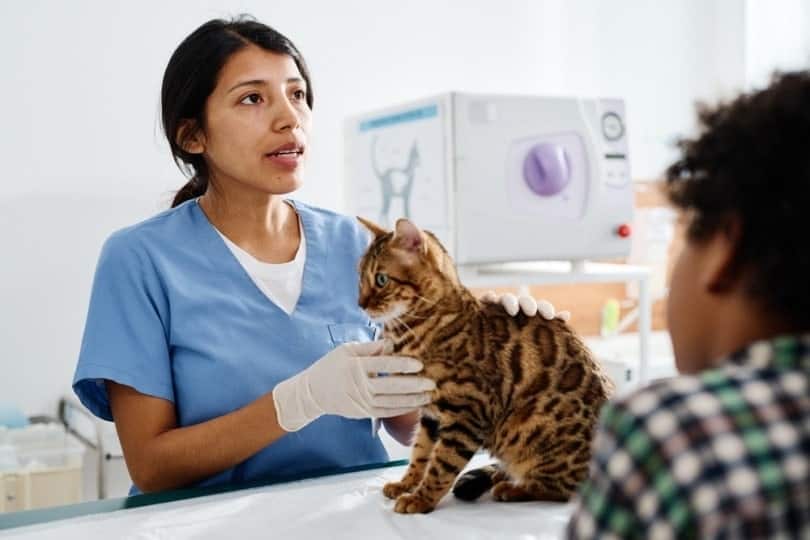
If severe enough, your cat may turn cyanotic and/or collapse with very little exertion. Cyanosis is a gray or bluish color to the gums and tongue and can occur when the body is not getting enough oxygen. Collapse can occur from the exertion of trying to breathe oxygen in, and/or a lack of oxygen to the tissues including the heart and lungs. The harder your cat tries to breathe, the more swollen the tissues can become, causing a severe snowball effect of breathing difficulties.
What Are the Causes of Brachycephalic Airway Syndrome?
Breeding for the “cute” appearance of a brachycephalic cat has caused all of these problems. While these abnormalities may have occurred on occasion in nature, we as humans have created the problem these cats now have through selective breeding. Over time, these cats have been bred to have flatter noses, shorter muzzles, and shorter skulls, in essence forming all of the anomalies we see with BAS. These cats would never be able to survive in the wild and are a result of human selection rather than natural selection.
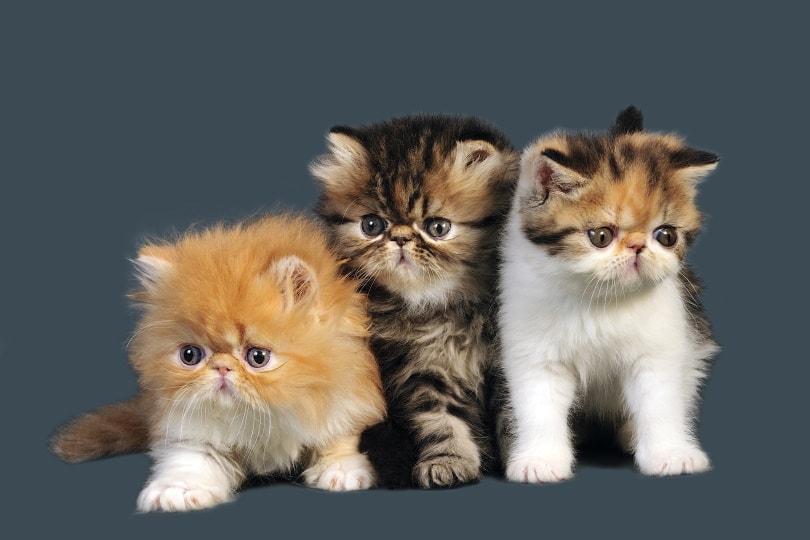
How Do I Care for a Cat With Brachycephalic Airway Syndrome?
The first step is not to support the breeders that are creating this issue. By purchasing one of these cats through a breeder, you are essentially giving money to continue creating a problem. If you are interested in owning a brachycephalic cat, adoption through a rescue and/or shelter is recommended. This way money is not going directly to a breeding program that will only perpetuate this problem.
Once adopted, you should speak with your veterinarian about surgical options for your cat. Your veterinarian may recommend and be able to perform surgery to enlarge the nostril openings on your cat, and/or to remove the excessive tissue in an elongated soft palate. Everted saccules may also be treated surgically but is a much more delicate procedure. Unfortunately, there is no surgery for a hypoplastic, or congenitally narrowed, trachea.
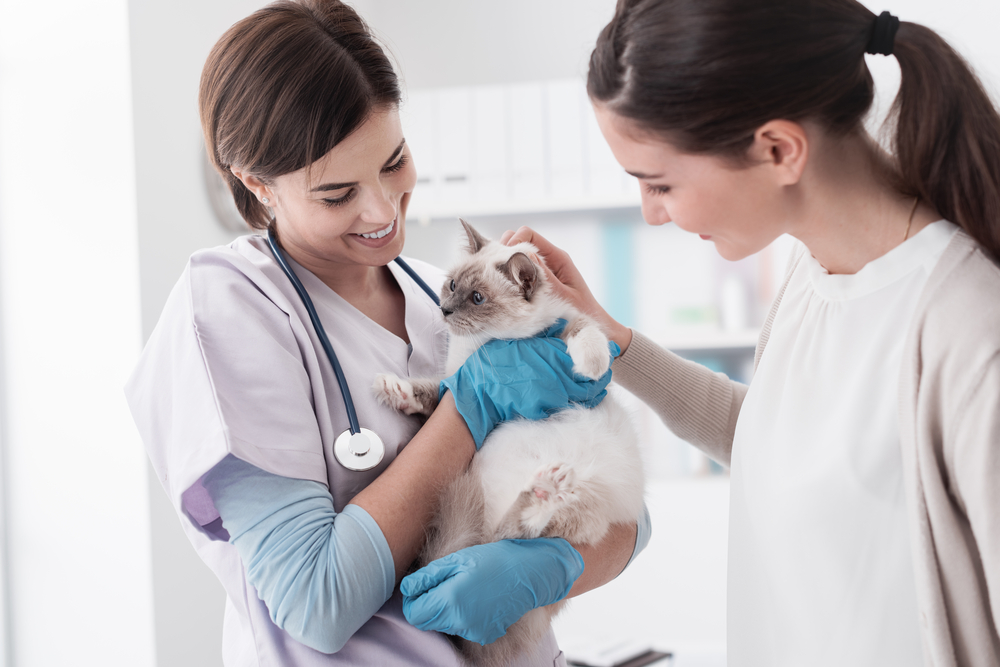
If you own a brachycephalic cat, they should not be allowed outside. Heat and/or humidity may be deadly for your cat as they will not be able to breathe and cool themselves down appropriately. In addition, if they are outside and get chased by another animal, they may not have the endurance to get away. Even when inside, you should make sure that the house temperature is mild and never excessively hot and humid.
Obesity can put unnecessary additional pressure around your cat’s neck. Always keep your brachycephalic cat lean. Work with your veterinarian to determine an ideal body weight for your cat, measure their food as directed, and never allow free feeding. Again, obesity may look cute, but can be a deadly combination with BAS.

If you need to speak with a vet but can’t get to one, head over to PangoVet. It’s an online service where you can talk to a vet online and get the personalized advice you need for your pet — all at an affordable price!
Frequently Asked Questions (FAQs)
How Do I Know If My Cat Has All of the Abnormalities of BAS or Only a Few?
Your veterinarian should be able to perform a physical exam to look at your cats’ nostrils and soft palate. Depending on your cats’ temperament, sedation may be needed to look in the back of the throat to diagnose an elongated soft palate and/or everted saccules. Radiographs are needed to diagnose a hypoplastic trachea.
The severity of all of those things will help your veterinarian discuss the complexity of your cat’s BAS.
Will My Cat Die from Brachycephalic Airway Syndrome?
Unfortunately, this is possible. While we see death more commonly in dogs with BAS (because they go outside more frequently and are more at risk for overheating), we can absolutely see it in cats. If your cat has difficulty breathing every single day, it is only a matter of time before they progress to a distressed situation.
Conclusion
Brachycephalic airway syndrome (BAS) is a group of abnormalities seen with squished faced cats. Brachycephalic refers to the shortened skull in these cats, with the upper airway structures all being forced into a smaller than usual space. Small nostrils (stenotic nares), an elongated soft palate, hypoplastic trachea, and everted saccules can all contribute to BAS. Your cat may have one or all of these criteria. Unfortunately, we as humans have created these problems, selectively breeding for the appearance of these cats over the functionality of these features. Not purchasing these cats from a breeder and working with your veterinarian to keep your cat as comfortable as possible is recommended.
Featured Image Credit: Dorottya Mathe, Shutterstock

